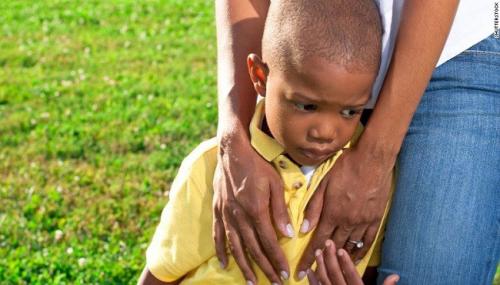
The wraparound approach works to achieve positive outcomes, typically in children and families, through structure and an individualized planning process. When compared to other methodologies, it tends to be more effective and relevant to the child and family.
An evaluation of the wraparound process in the context of a family intervention was performed in this study. It contributed to the understanding of interventions for young children and their family exposed to household violence. The “Child and Family Interagency Resource, Support, and Training Program or Child FIRST specializes in serving children aged five and younger who are at risk for developmental delays or social, emotional, or behavioral difficulties”. Child FIRST is Bridgeport based and seeks to reduce the amount of violence and the impact violence exposure has on young children.
In the wraparound approach, the intervention is based on understanding unique systems surrounding the child and the relationships between the child and these systems. Such systems include family, the community, and service providers to support family functioning. By assessing violence exposure, family priorities, strengths, functioning, and needs, the Child FIRST program develops a plan of support and services while keeping the family’s needs at its center. Desired outcomes include a decrease in exposure to traumatic and violent events, decreased trauma-related effects (social and emotional symptoms), and the creation of a connection to community-based resources.
Participants for the study consisted of 82 children who were enrolled in Child FIRST. Study participants were five years old or younger, residents of Bridgeport, and had been exposed to violence. The children were assessed at intake and discharge of the program. Out of the sample of 82 children, 56% were male and 44% were female. The ethnic breakdown of the study represented Bridgeport’s population (55% Latino/Hispanic, 27% black/non-Hispanic, 9% white, 1% other, and 9% unknown). At intake, 87% witnessed family violence, 9% had been physically injured or intended victims of abuse, and 5% had been exposed to other types of family violence. Such violence mostly included verbal threats (60%), followed by hitting/punching (44%) and other forms of violence such as arrest of a family member, choking, destruction of property and so on (26%). Mothers were injured most frequently, about 43% of the time, and perpetrators tended to be the father in 54% of cases.
Community-based services delivered through the Child FIRST intervention had a positive effect on children and their parents. A significant decrease in the amount of traumatic events children experienced, the number of family violence events, and non-family violence events was observed. Other positive results included statistically significant decreases in the frequency with which children experienced intrusive behaviors (e.g., nightmares, flashbacks) and avoidance behaviors (e.g., avoiding places and situations reminiscent of a traumatic event, emotional numbing). Children who demonstrated the most improvement received more hours of service and were enrolled in the program for a longer period of time. Families received 84% of recommended services within ninety days. This indicates that the care coordination aspect of the program was successful in connecting families to services and supports despite service-system barriers. Barriers included individual parent factors, a waiting list, and lack of transportation.
These results suggest that the program was successful in directly helping families and collaborating with other programs, systems, and support to create safer environments for children. It seems as though intervention measures as well as using a multi-system approach is effective in reducing violence and perhaps will promote the utilization of more programs like Child FIRST in other at-risk communities.
Written by Carina Luksas, Visiting Student in Research.